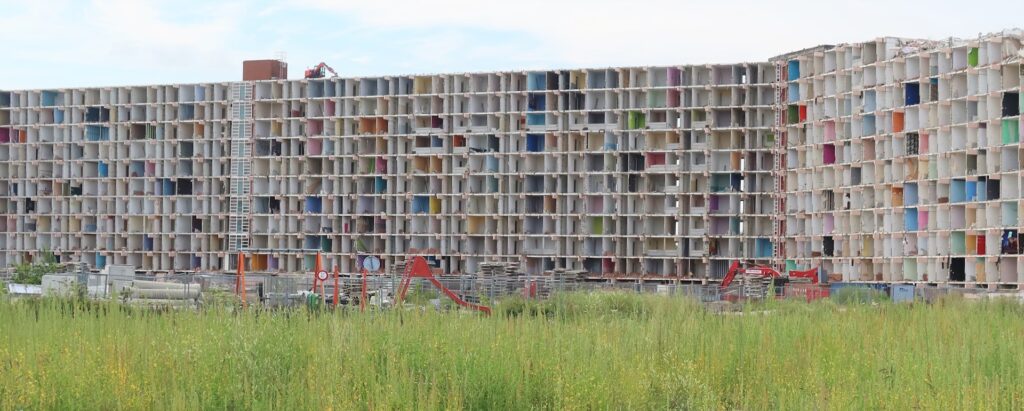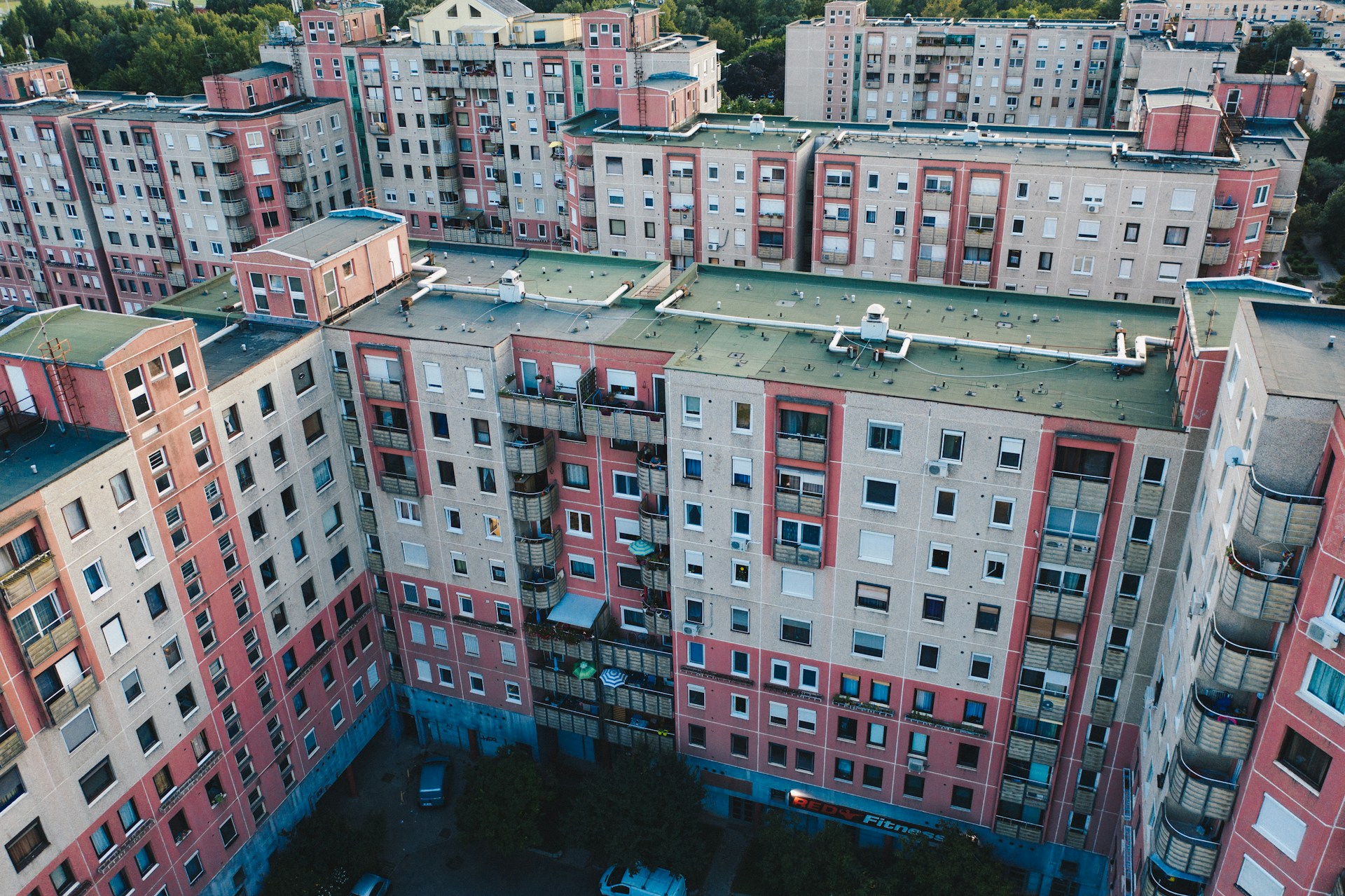Mixed-Use Developments and Their Impact on Housing Costs
Mixed-use developments are transforming the urban hierarchies of living in residential, commercial, and recreational environments.
It is argued that these replicated developments help solve the evils of sprawling, inefficiency, and inaccessibility, reduce a need for travel, and create lively communities.
However, the question of mixed-use development on housing cost remains complicated.
In this blog post, we assess what mixed-use developments are, what impacts they have or do not have on housing affordability, plus we explore some ways of ensuring that their benefits are felt across a diversity of socioeconomic groups.
What Are Mixed-Use Developments?
Mixed-use development refers to an area or building where various functions like residential, retail, office, and public uses are designed for inclusion.
Mixed-use planning is in contrast to conventional zoning, which separates and buffers residential, commercial, and industrial areas from one another.
Key Features of Mixed-Use Developments
1. Vertical Integration:
The construction usually provides retail or office space on the lower floors and residential units also above.
2. Horizontal Integration:
Neighborhoods could altogether be mixed with diversified land usages ex. apartment buildings, parks, shops, and transit centers.
3. Access:
Focus on walkable, bike-friendly infrastructure combined with public access, not just car use.
Goals of Mixed-Use Development:
Land Use Efficiency: in high utility within constrained urban spaces
Community Building: Bringing about contact and flow in the life of the residents
Sustainability: Living local is working local, which shrinks the carbon footprint.
There is, however, the mixed blessing of all these advantages: the research into housing costs resulting from mixed land use continues to excite debate amongst planners and policy people.

How Mixed-Use Developments Affect Housing Costs
a. Increased Demand in Desirable Areas
Mixed-use developments attract a lion’s share of demand from their utility and amenities.
Being able to live near to work, services, and play without hassle of long commutes makes a site highly desirable.
Demand for housing in spaces like these, however, can inflate property values and rental rates.
For instance, take Hudson Yards in New York City or The Pearl District in Portland, Oregon, where one now has to pay exorbitant amounts for the neighborhood.
These areas become the go-to places for upper-income residents, and they threaten gentrification and displacement to lower-income communities.
b. Greater Potential for Housing Supply
It’s possible, however, to argue that mixed-use developments can broaden the availability of housing-that is, in the supply sense.
Again, the building of higher-density residential in this area can provide relief from high-demand shortages in housing supply, which also could keep or lower property prices in future. Just however, it will most rely on the actual housing type to be constructed. If most of the units are luxury apartments, the affordability gain does not reach from lower- to middle-income residents.
c. Enrich Local Economies and Infrastructure
Retail and commercial components of mixed-use developments supplement economic growth that capitalizes on businesses or jobs created. Improved local infrastructure will make the neighbourhood attractive-cities with better transport and public places. These are nice benefits but could inherently increase housing prices because solid local economies will often have higher property values.
d. Reduction and Remediation of Urban Sprawl and Their Costs in Terms of Transportation
Mixed-use developments foster compact, efficient planning in cities and can help prevent urban sprawl and lower transportation costs of residents. Though this could permit lower overall costs of living in cities, the high cost of housing in mixed-use areas may offset the benefits.
Ensuring Mixed-Use Developments Promote Affordability
Indeed, maximizing and balancing the advantages of mixed-use development with concerns over housing cost increases can involve targeted initiatives from policymakers and developers. Below are some examples of policies and programs for strategic approaches to affordable housing within mixed-use development:
1. Inclusionary Zoning and Affordable Housing Mandates
It has mandatorily been found that these at least are affordable units, that at least a portion of the housing units within the mixed-use developments must be accessed with an inclusionary zoning policy. These types of neighborhoods will be in place for lower- and middle-income families to live in.
2. Public-Private Partnership:
This can be government-nonprofit-developer partnership establishing the cost-saving construction methods and incentives offered for affordable housing units in mixed-use.
3. Different Types of Housing:
Taking the mix of housing type-such as super-simple studio apartments, family-sized units, and co-living spaces-will further house all incomes: mixed-use area development will house different customers.
4. Rent Control and Tenant Protections:
Inclusion of controls on rent in the area of mixed usage for non-displacement purposes by cities will ensure housing costs remain stable so residents can enjoy tenure dreams for a long time after initial allocation.
5. Engagement of Community in Planning
The mixed-use developments touch the issues that matter to them as the local communities get involved in the planning process. The residents can call for facilities such as affordable housing, public amenities or equal access to create the environment that promotes development for all socioeconomic levels.
Conclusion
Mixed Use Developments, however, can be the game changers for urban life as they form vibrant, walkable communities that connect convenience, sustainability, and economic opportunity. Yet, these have very complex and multifaceted consequences on housing prices. On the one hand, increased supply may reduce metropolitan sprawl; however, on the other hand, mixed use may further increase prices in adequately demanded areas.
Including thoughtful policies like inclusionary zoning for affordable housing and community planning provisions within increased mixed-use developments can create a win-win situation where cities gain from such developments without exacerbating the already-related housing inequities. Balanced, mixed-use developments can bring cities to have more just and accessible urban environments for all residents to enjoy the integration-friendly dynamism of communities.
Also read: Affordable Housing and Social Equity: Building Inclusive Communities

